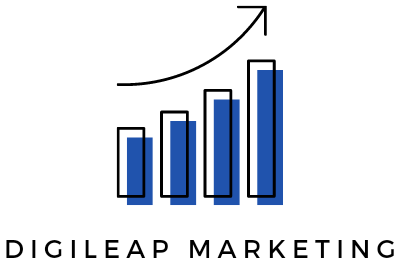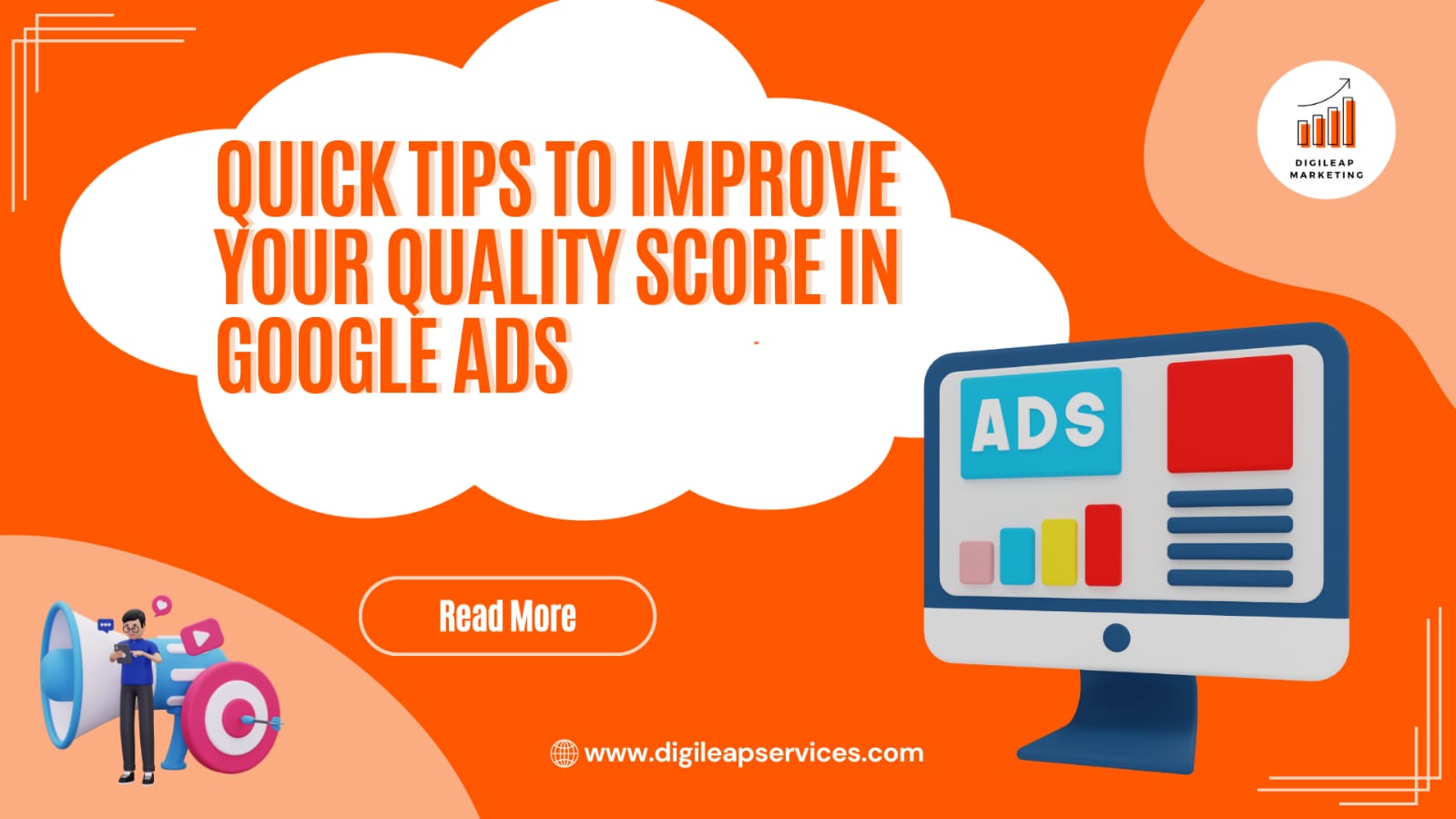Quick Tips to Improve Your Quality Score in Google Ads
The Quality Score is an evaluation that takes into account the general relevancy of the keywords, advertisements, landing page, and landing page experience. A scale of 1 to 10 is used to measure it, with 1 being the lowest value and 10 being the maximum. In actuality, Quality Score functions as a general indicator of how relevant and helpful an advertiser’s adverts are. Ad relevance and usefulness are rated by Quality Score in Google Ads, which increases as it does. Likewise for a lower quality rating. Since the 2005 publication of Quality Score, many changes have occurred.
Factors Affecting Quality Score
- Ad Relevancy
This Google advertising score assesses how well your term aligns with the message of your advertising. If your score is higher than average, it means that your advertising is highly relevant to the keywords in the ad group. If your ad copy is too broad or the term doesn’t apply to your company, you can get a score below average.
2. Projected CTR (Click-Through Rate)
Google utilizes predicted CTR to predict how frequently users who are looking for your keywords will click on your ad. It’s measured using either “Above average,” “Average,” or “Below average,” along with all other Quality Score components. The expected CTR is computed by examining the past CTR results of the adverts.
3. Landing Page Experience
After a visitor clicks on an advertisement, the landing page experience describes how pertinent and helpful the website is. Your bounce rate and site speed are important factors to take into account here. Your landing page’s Quality Score will suffer if the bounce rate is high and/or it takes a long time to load.
Quick tips to improve your Quality Score in Google ads
As we have now learned, Quality Score is a complex system with many moving pieces. Making a few adjustments at the ad group or keyword level won’t necessarily result in immediate benefits. There will be some analysis involved in the next methods for raising Quality Score in Google Ads. Decide your present level of success by going through each phase. Examine areas for improvement and, as time passes, keep an eye on the effects these adjustments are having.
- Structure of the campaign, ad group, and keywords
Utilize as many ad groups as necessary while organizing campaigns and ad groups. Include only keywords that are directly related to each other in each ad group. This will enable improved keyword-targeting of the advertising within a certain ad group. Granular setups are advantageous for optimization in other ways, but they are crucial for Quality Score as well. Since it would be more difficult to tailor the advertising to numerous keywords inside one ad group, choosing a less granular structure will immediately reduce ad relevance and CTR.
- Write ads that are relevant and compelling.
Write pertinent and persuading ad copy after the previous stage. In the headline, description, and URL slug of an advertisement, use the top-performing keywords inside the ad group. The following are the two key advantages of this:
Searchers will be more inclined to click on the ad after seeing their search term in the ad copy, raising CTR.
One of the essential elements that make up a Quality Score is ad relevance, and Google will perceive a greater ad relevance.
It’s crucial that advertising copy sounds compelling rather than robotic. Your ad wording should stand out from the competition and naturally incorporate keywords.
- Dynamic headlines and ad layouts
Make sure that your ad groups include responsive search advertisements, the most recent ad type, in addition to expanded text ads. This will give you the best opportunity of obtaining the highest CTR conceivable. For quite some time, Google has promoted responsive search advertisements, and by integrating them, Google gives a higher optimization score. Utilizing dynamic ad titles is another factor in ads that increases CTR.
One choice is to employ keyword insertion, which essentially uses the user’s search term as the headline, making the ad incredibly relevant to the search. The user’s closest City, State, or Country is included in the ad copy through location insertion, making the ad extremely relevant to them.
- Include as many relevant ad extensions as possible
Even though they don’t directly affect Quality Score, ad extensions have been shown to enhance CTR. You can make your ad larger by using ad extensions. In addition to providing customers with more details about your company and your service, they take up more room in the search engine for your ad. As many pertinent ad extensions as you can use will therefore increase your CTR and anticipated click-through rate.
- Use negative keywords and review campaigns regularly
Make sure you have a comprehensive list of negative keywords when phrase and broad keyword match types are active. This is a best practice that will automatically exclude search terms that you are aware are not pertinent to your company. Your ads’ relevance and click-through rate (CTR) won’t suffer if non-relevant searches are immediately excluded.
Your Quality Score is significantly influenced by the landing page experience. The following elements should be taken into account while designing your landing page:
Every step of the message process—from the keyword to the ad to the landing page—is consistent. Inspect the landing page to make sure the keywords are there and that it corresponds to the search term.
In order to provide the searcher with exactly what they are looking for, use the greatest URL you can for each ad group.
How does your bounce rate look? High bounce rates are an indication of a landing page’s lack of relevance in Google’s eyes. Reduce bounce rates by providing users with an easy and clear user path once they arrive on your website. Reduce the number of steps a user must take to convert as much as possible
Don’t forget to make your website mobile-friendly. Ensure that users get the greatest experience possible when they click on your ad from a mobile device. Users now demand that websites be simple to use on mobile devices.
- Speed up the webpage
In continuation of the previous phase, site speed is a very significant factor. The user experience is impacted by a website’s loading speed, which might lower the quality score. Quickly loading websites offer better user experiences, are less disruptive, and typically result in higher performance.
Use Google’s free site speed tool to analyze your site’s speed as a starting point and gather insightful data. Along with chances and recommendations that will make your page load faster, it provides you with a score out of 100.
The methods for raising Quality Score described above will have an immediate effect on final outcomes. Ad Rank should rise as a result of bettering the relevance of your ads and the user experience on your landing pages, as well as a higher CTR.
For more such tips and tricks, and to better your digital marketing game, contact Digileap Marketing Services.












